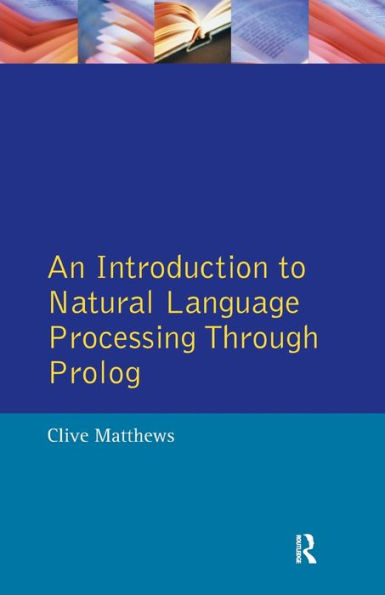5
1
9780582066229



An Introduction to Natural Language Processing Through Prolog / Edition 1 available in Paperback, eBook

An Introduction to Natural Language Processing Through Prolog / Edition 1
- ISBN-10:
- 0582066220
- ISBN-13:
- 9780582066229
- Pub. Date:
- 07/10/1998
- Publisher:
- Taylor & Francis
- ISBN-10:
- 0582066220
- ISBN-13:
- 9780582066229
- Pub. Date:
- 07/10/1998
- Publisher:
- Taylor & Francis

An Introduction to Natural Language Processing Through Prolog / Edition 1
$96.99
Current price is , Original price is $96.99. You
96.99
In Stock

Product Details
| ISBN-13: | 9780582066229 |
|---|---|
| Publisher: | Taylor & Francis |
| Publication date: | 07/10/1998 |
| Series: | Learning about Language |
| Edition description: | New Edition |
| Pages: | 318 |
| Sales rank: | 714,204 |
| Product dimensions: | 5.44(w) x 8.50(h) x (d) |
About the Author
From the B&N Reads Blog
